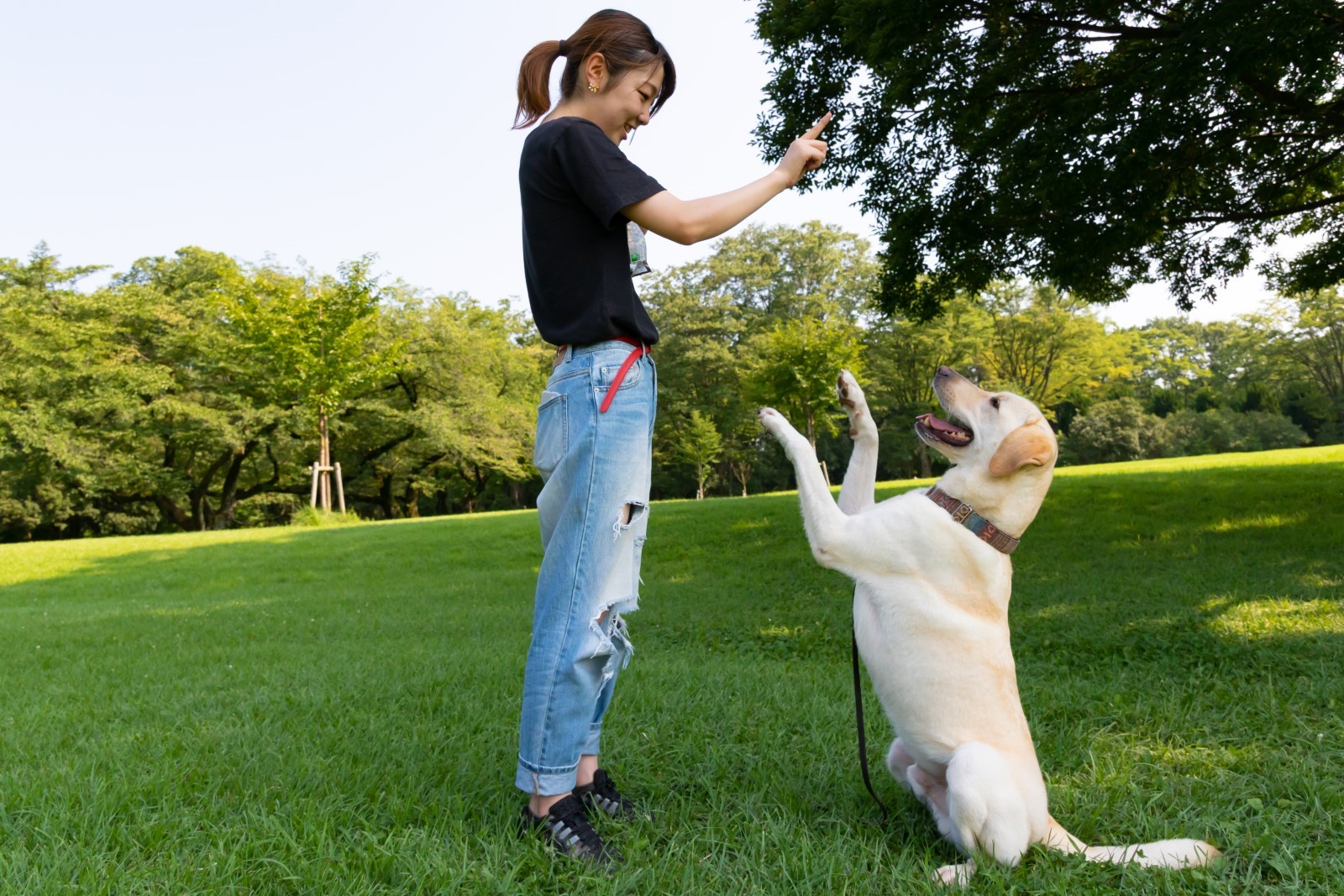

I’m a professional dog trainer – here are my seven tips for an obedient pup
Lauren Windle
Dogs really are our best friends, but if they're not kept in line they can quickly start to take over.
Cheeky pooches can easily dominate the family home and make things pretty difficult for their owners, but advice is on hand.
A pro dog trainer shared their top tips for taming your pooch
A professional dog trainer shared his top tips for obedient pups and he started by telling pet owners to ditch the doggy behaviour books.
Writing on Reddit he said: "My first advice is toss those books. They are extremely outdated and research is showing them to even be dangerous."
Instead of the classic book collection, he had his own tips for unruly Rovers.
Don't use aggressive methods
Firstly, the dog trainers explained that it's a bad idea to scare your dog into good behaviour.
He said: "We have found that aggression breeds aggression.
"When you only communicate to your dog with aggressive training, the dog can only respond with aggression.
"This is partly because traditional training involves caring a dog into compliance, and a scared dog will only be pushed so far before they will lash out."
You can train your pup to talk
The pup pro explained that you can train your pet to speak, however unlikely that sounds, with conditioning.
He said: "My favourite method is called capturing behaviour, which is pretty much just like it sounds.
"If your dog occasionally makes noise already, reward for it when it happens. If it is infrequent, make it a huge deal.
"Soon they should start associating barking with treats, then you can move on to attaching a cue, like 'speak'.
"The most common way to do this is to present the treat and let them figure out how to get it.
"Do to conditioning it shouldn't be long until they try a bark, which you reward with 'Good Speak' and the treat."
Introducing dogs and cats
If your dog reacts badly to a cat, yours or the neighbours, there are ways to introduce them to stop the naught pooch.
He said: "My advice is start with one dog and have them on a leash and the kitten behind a baby gate or on a leash itself for safety.
"If the dog starts barking, you and the dog leave the room. If the dog sees the cat and doesn't bark, even for a second, reward.
"This method takes some time, but it allows them to slowly get used to each other and rewards the dog for calm behaviour, making being around the cat a pleasant experience."
Don't pick up little dogs
If you keep diving to pick up your tiny doggy every time they run to you when they feel anxious, you could be reinforcing bad behaviour.
He said: "With small dogs this can easily end up with you accidentally conditioning 'little dog syndrome' which leads to more anxiety.
"Sitting in your lap and picking up when necessary is fine, but for the most part all fours on the floor!"
Read up on dog body language
The dog trainer also recommended that pet owners do their homework when it comes to their dog's behaviour especially if they are fearful.
He said: "I'd suggest reading up on dog body language so you can see warning signs of if the dog is getting highly uncomfortable.
"Read, talk to the dog, whatever, but be sure it is in a soft voice. Occasionally toss a treat, something very high value like a bit of cheese or a little chicken so that you can build a positive association with you being there."
Distract anxious dogs with a toy
If your pooch is is prone to anxiety, the professional dog trainer suggested leaving them with a fun toy.
He said: "Get your dog a distracting high-value toy. For my dog I have a little rolling ball that dumps treats as he pushes it.
"Make this a toy he only gets when you're gone.
"It builds a positive association with you leaving and is distracting for him, so he isn't thinking about you being gone."
Play music to your dog
If you have a puppy who can't stand loud noises, you can get the used to the sounds with the help of music.
He said: "You can get CDs for exposing puppies to noises that have thunder and similar on them.
"Play them very softly and give treats or something he enjoys for calmness and slowly work up."